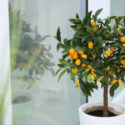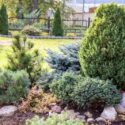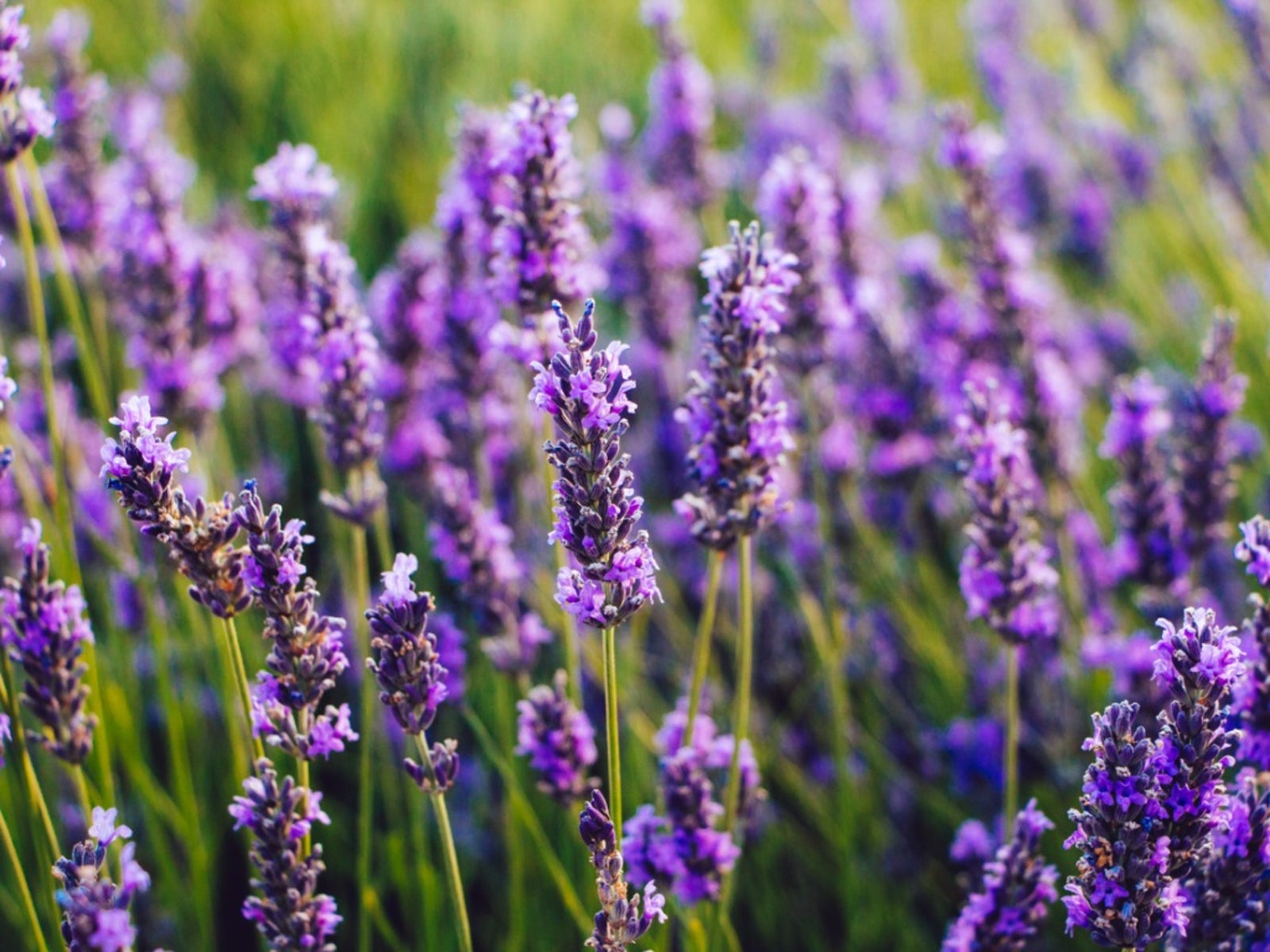With its distinctive perfume that evokes feelings of relaxation and tranquility, it’s no wonder lavender is one of the most beloved fragrant plants. But do lavender plants actually live up to their intoxicating reputation in the garden?
The short answer is yes – most lavender varieties release an unmistakable fragrance, especially when their flowers are in bloom. Let’s take a closer look at why this mesmerizing herb smells so good and how you can enjoy its soothing scent.
The Significance of Lavender’s Fragrance
Lavender’s sweet, floral, slightly herbaceous fragrance comes from the oil secreted in its tiny glands on the flowers, leaves, and stems. Compounds like linalool and linalyl acetate produce its refreshing aroma
Beyond just smelling good, lavender’s scent offers numerous benefits:
-
It’s calming and promotes relaxation and sleep when inhaled The scent affects limbic system responses in the brain.
-
The antiseptic properties of lavender oil help to heal minor cuts, burns, and skin irritation when applied topically.
-
The aroma repels pests like moths, fleas, and mosquitos when used around the home.
-
Lavender’s fragrance enhances mood, reduces anxiety, and relieves depression symptoms.
-
Its pleasant scent makes lavender a favorite ingredient in soaps, perfumes, sachets, potpourri, and aromatherapy.
When Does Lavender Smell The Strongest?
Lavender releases its fragrance all season long from its foliage and flowers. But it smells the strongest when the following conditions are met:
-
During bloom time – Lavender’s scent is most intense when the flowers are fully open. Blooming generally occurs in mid to late spring.
-
In hot, dry weather – arid conditions boost the concentration of aromatic oils.
-
When brushed against or crushed – disturbing the tiny glandular trichomes releases more scent.
-
In the morning and evening – oils evaporate quickly during hot days. The coolest parts of the day retain scent best.
Fragrant Varieties of Lavender
There are over 400 varieties of lavender to choose from. English lavender (Lavandula angustifolia) and French lavender (Lavandula dentata) are especially fragrant types to grow. Some particularly aromatic English lavender cultivars include:
-
‘SuperBlue’ – compact variety with vivid violet-blue blooms.
-
‘Royal Velvet’ – notable for very long, dark purple flower spikes.
-
‘Melissa’ – prolific, soft purple blooms on silver-green foliage.
-
‘Folgate’ – early blooming lavender with sweetly scented flowers.
-
‘Hidcote’ – one of the most popular types, with dark violet flowers and robust fragrance.
Tips for Growing Your Own Fragrant Lavender
Lavender thrives in warm, sunny spots with well-drained soil. Here are some tips for growing it successfully:
-
Choose a site with at least 6 hours of direct sun daily. Proper sunlight boosts lavender’s scent.
-
Ensure the soil drains well – lavender won’t tolerate wet feet. Mix in sand or gravel if needed.
-
Plant in spring after the last frost. Space plants 18-24 inches apart for good air circulation.
-
Water new plants regularly until established. Mature lavender is quite drought tolerant.
-
Avoid over-fertilizing which can diminish scent. Use compost or slow release fertilizer sparingly.
-
Prune back stalks by 1/3 after flowering to encourage more growth and future blooms.
-
Mulch around plants to retain moisture and suppress weeds. Gravel mulches aid drainage.
-
Harvest flowers for sachets and potpourri in early to mid summer when scent is most pronounced.
Enjoying Lavender’s Soothing Scent at Home
You don’t need to grow lavender in your own yard to bask in its relaxing aroma at home. Here are some ideas:
-
Add a few drops of lavender essential oil to diffusers, bath water, or DIY cleaning products.
-
Display cut or dried lavender flowers in vases around your home.
-
Craft homemade lavender sachets for closets and dresser drawers.
-
Place pots of lavender plants on patios, decks, windowsills, and entryways.
-
Grow your own petite lavender variety indoors year-round for a fresh scent.
-
Blend culinary lavender into cookies, lemonade, and other goodies.
-
Purchase soaps, candles, pillow sprays, and linen sprays infused with lavender fragrance.
With its heavenly scent and diverse uses, it’s no wonder lavender remains such a cherished aromatic plant. Give your mood and home a boost by surrounding yourself with its relaxing fragrance.
Grow the Best Lavender: 25 Top-Rated Flowers for Your Garden

45 Terrific Shrubs for Stunning Container Gardens

5 Tips to Grow Perfect Lavender
FAQ
Does lavender plant make your house smell good?
Which lavender plant smells the best?
Why does my lavender plant not smell?
Do lavender plants smell nice?
Do lavender flowers have a smell?
Lavender flowers are known to bring about that smell we have all come to know as lavender. In some variants, it’s not just the flowers that have this capability. In fact, every part of the foliage in some lavender plants is known to give off a typical lavender aroma. But, this appealing smell is not guaranteed! Yes, that’s right!
Which Lavender smells the best?
When it comes to deciding which lavender smells the best, some people may prefer a deeper, earthy aroma. These lavenders are often described as having a musky, woody, and sometimes even smoky scent. This type of lavender is usually harvested in more mature states and has a higher concentration of essential oils, making the scent more intense.
How do you keep Lavender smelling good?
Store lavender flowers in a lidded jar somewhere cool and dark, or pop them straight into a sachet to keep towels, sheets, or clothes smelling sweet and to repel moths. If you suffer from insomnia, try inserting the sachets into a pillow so the calming scent can help you drift off to a restful slumber.
Why does my lavender plant smell like lavender?
Cases may arise when all lavender plant requirements are met but plants still lack the strong familiar smell of lavender. If it has full sunlight, is watered every two weeks, and has appropriate soil, you should begin to suspect the soil pH. Lavender cannot grow in overly acidic conditions.
- The Ultimate Guide to Growing Strawberries in Raised Beds - August 8, 2025
- No-Dig Garden Beds: The Easiest Way to Grow a Beautiful Garden - August 6, 2025
- How to Protect and Preserve Wood for Raised Garden Beds - August 6, 2025

